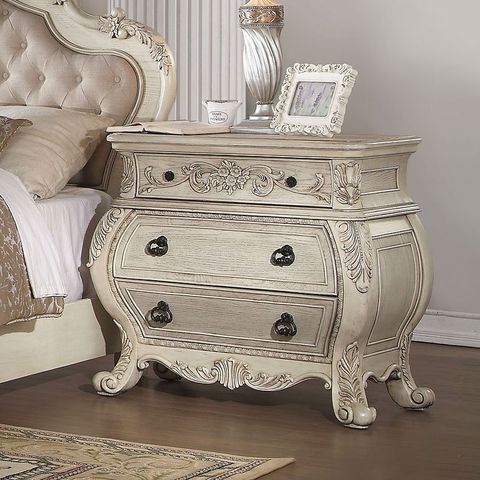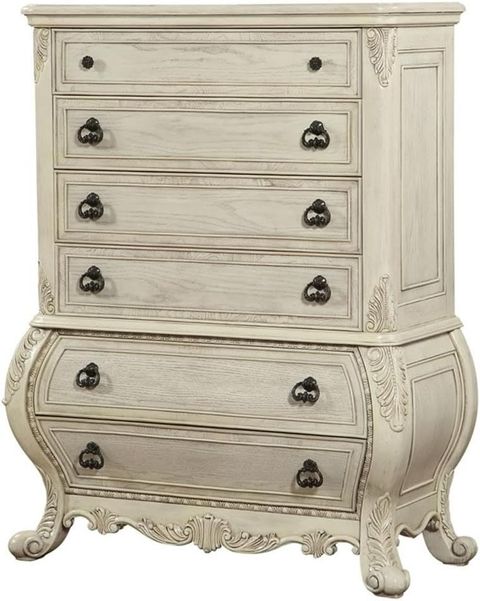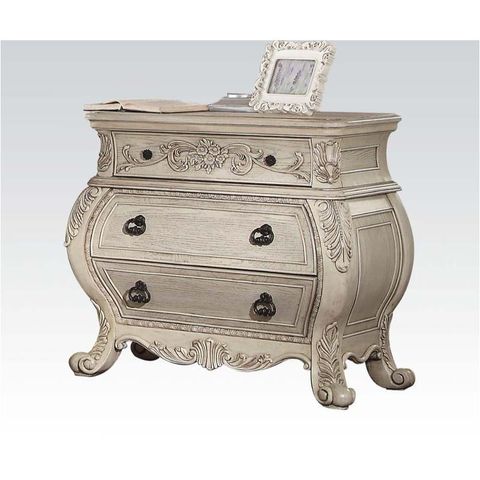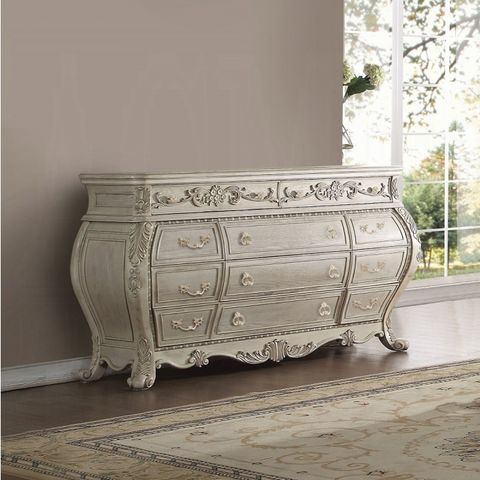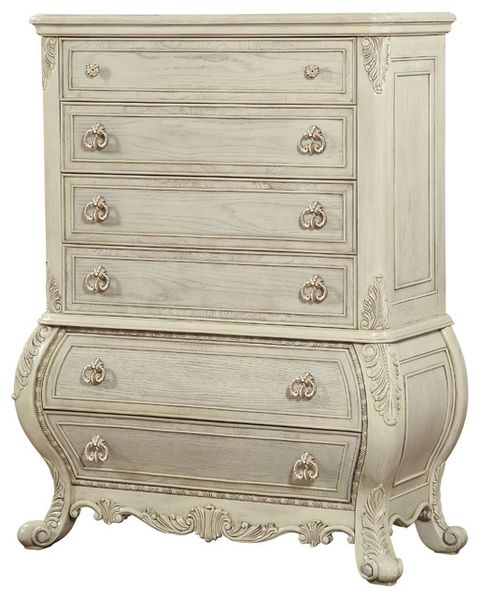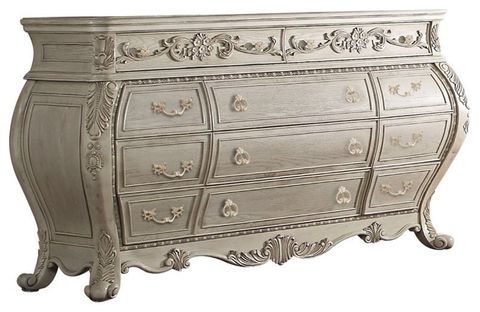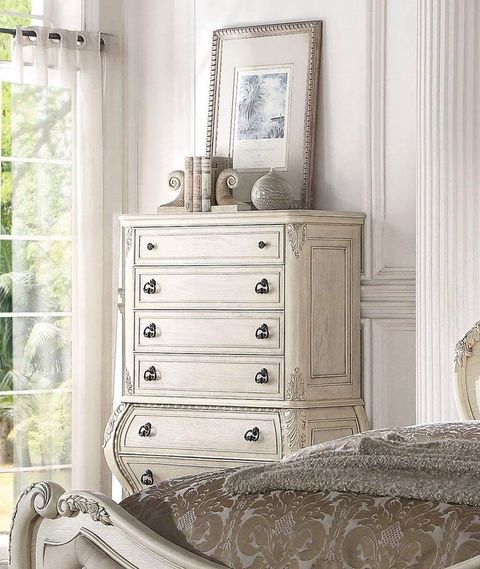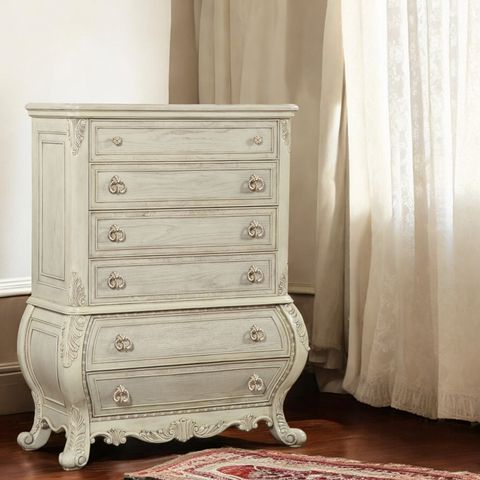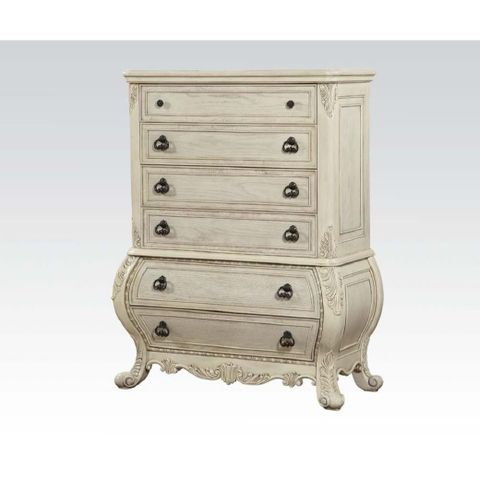In a world full of bold colors and flashy designs, there’s something timeless about the gentle, soft glow of antique white furniture. It’s not just about the color itself – it’s about the stories these pieces carry, the memories they hold, and the way they connect us to our past. Whether you’re a seasoned collector or someone who simply appreciates a good story, the cultural significance of antique white furniture in American homes runs deep.
Think about the last time you walked into a room and felt instantly comfortable. Maybe it was because of the way light danced across a white dining table, or how a vintage chair seemed to whisper tales of generations past. That’s the magic of antique white furniture – it doesn’t just fill a space; it fills it with history and warmth. In American homes, these pieces have become more than mere furnishings. They’ve become cultural touchstones, representing values of craftsmanship, heritage, and the simple joy of preserving beauty from earlier eras. From the Colonial period through the Victorian era and beyond, white furniture has been a constant companion in our domestic lives, telling stories we often don’t even realize we’re hearing.
A Color That Speaks of Simplicity and Elegance
White has always held a special place in American design philosophy. It speaks of cleanliness, purity, and the desire for spaces that feel open and airy. But antique white goes beyond basic white – it carries the patina of age, the subtle variations that show wear and love over decades. This isn’t the stark, clinical white of modern mass-produced items. Instead, it’s a softer, warmer version that seems to glow from within.
Consider a well-worn antique white sideboard in a dining room. The surface might show slight discoloration, tiny scratches, or the gentle fading of paint that tells the story of countless meals shared around its surface. These imperfections aren’t flaws – they’re evidence of life lived, of families gathering, of traditions passed down through generations. The color itself becomes a conversation starter, a way to share stories about the piece’s origins and the people who once owned it.
This particular shade of white has a fascinating history. It emerged during periods when white paint was expensive and difficult to obtain, so craftsmen often used natural materials like milk, lime, or chalk to create a soft, creamy finish. This practice created the distinctive look we now associate with antique white furniture, giving each piece a unique character that no factory-made item can replicate.
Craftsmanship That Tells Stories
What makes antique white furniture truly special isn’t just its appearance – it’s the skill and dedication that went into creating each piece. These were made by hand, often by skilled artisans whose names may never have been recorded, but whose work still speaks volumes about their craft. The joints are often hand-cut and fitted, the surfaces sanded smooth by calloused hands, the finishes applied with patience and care.
Take, for example, a Victorian-era antique white bureau. The intricate carving details, the careful attention to proportions, the way the drawers slide smoothly – all of these elements tell us something about the period in which it was made. They reflect the values of the time, the available materials, and the skills of the craftspeople who created them. When you sit at a table with antique white legs, you’re not just sitting at furniture – you’re sitting at a piece of living history.
The craftsmanship of these pieces often involved techniques that have been lost to time. Hand-carved details, traditional joinery methods, and natural finishing processes meant that each piece was unique. Even pieces that appear identical are actually subtly different, reflecting the individual touch of the craftsman. This personal element is what gives antique white furniture its soul, making it far more than just a functional object.
The Role of Heritage and Family Traditions
Many families have passed down antique white furniture through generations, creating a tangible link between past and present. These pieces aren’t just objects – they’re heirlooms that carry emotional weight and family stories. When a grandmother passes down her antique white dining table to her daughter, she’s not just transferring furniture; she’s passing on memories, traditions, and the continuity of family life.
Picture a family gathering around an antique white farmhouse table. The wood shows the marks of countless dinners, the surface worn smooth by decades of use. The table itself has witnessed birthdays, holidays, arguments, celebrations, and quiet conversations. It’s more than a table – it’s a repository of family history. The white finish has aged gracefully, creating a gentle patina that reflects the love and care that has been invested in it over time.
This tradition of passing down furniture creates a sense of continuity in American culture. It’s one of the few ways families can maintain a physical connection to their ancestors, to the people who came before them and shaped their lives. The furniture becomes a bridge between generations, allowing children to feel connected to their roots while also creating new memories with their own families.
Modern Appeal and Versatility in Contemporary Spaces
Despite being centuries old, antique white furniture remains incredibly relevant in today’s modern homes. Its versatility allows it to blend seamlessly with both traditional and contemporary design schemes. The color works beautifully with natural woods, muted earth tones, and even vibrant accent colors, making it a practical choice for homeowners who want to create a cohesive look without sacrificing style.
In a modern minimalist kitchen, an antique white dining chair can add warmth and character without overwhelming the space. Similarly, in a contemporary living room, a vintage white side table can provide the perfect balance between clean lines and cozy comfort. The key is understanding that antique white furniture doesn’t compete with modern design – it enhances it.
This adaptability has made antique white furniture particularly appealing to younger homeowners who want to incorporate vintage elements into their homes without creating a jarring contrast. It’s a way to bring history into contemporary living spaces while maintaining the clean aesthetic that many people prefer today. The furniture becomes a conversation piece that bridges the gap between old and new, showing appreciation for craftsmanship while embracing current trends.
Economic Value and Investment Potential
Beyond their aesthetic and emotional appeal, antique white furniture often represents solid financial investments. The value of quality pieces can increase significantly over time, especially when they’re well-preserved and come from notable periods or makers. However, the true value extends beyond monetary terms – it’s about the lasting satisfaction that comes from owning something that will endure.
The market for antique white furniture has shown consistent growth over recent decades. Collectors and interior designers alike recognize the quality and uniqueness that these pieces offer. A well-maintained antique white chest of drawers from the 1800s can command prices that exceed those of much newer mass-produced items.
This investment aspect adds another layer to the cultural significance of these pieces. They represent more than just decoration – they’re a form of wealth preservation and cultural investment. Homeowners who purchase quality antique white furniture are often investing in something that will appreciate in value while also providing enjoyment for years to come. The pieces become part of a larger collection, a legacy that can be built and maintained over time.
Cultural Symbols of American Values
Antique white furniture embodies several core American values: craftsmanship, durability, and the importance of family traditions. These pieces represent a time when things were built to last, when quality mattered more than quantity, and when the home was considered the heart of American life. The furniture serves as a reminder of these values, even as modern lifestyles change.
The prevalence of antique white furniture in American homes reflects a cultural preference for timeless design over fleeting trends. While other countries might embrace bold, contemporary aesthetics, American culture has traditionally valued pieces that can be passed down through generations. The white finish, with its neutral appeal and ability to age gracefully, perfectly aligns with this approach to design.
These pieces also represent the American ideal of self-reliance and ingenuity. Many antique white furniture pieces were crafted by local artisans using locally sourced materials, embodying the spirit of American independence and resourcefulness. When you own one of these pieces, you’re not just purchasing furniture – you’re participating in a cultural tradition that celebrates hard work, creativity, and the importance of building things that last.
The cultural significance of antique white furniture in American homes extends far beyond its visual appeal. These pieces serve as vessels for memory, bridges between generations, and symbols of American values. They remind us that beauty can be found in simplicity, that craftsmanship matters, and that the objects we surround ourselves with can carry deep meaning. Whether you’re considering adding an antique white piece to your home or simply admiring these treasures in someone else’s space, you’re participating in a tradition that spans centuries. The gentle glow of white furniture continues to warm American homes, carrying forward stories of craftsmanship, family, and enduring beauty that will inspire future generations to appreciate the value of well-made things. In a world of constant change, these pieces stand as quiet reminders of what truly matters.

